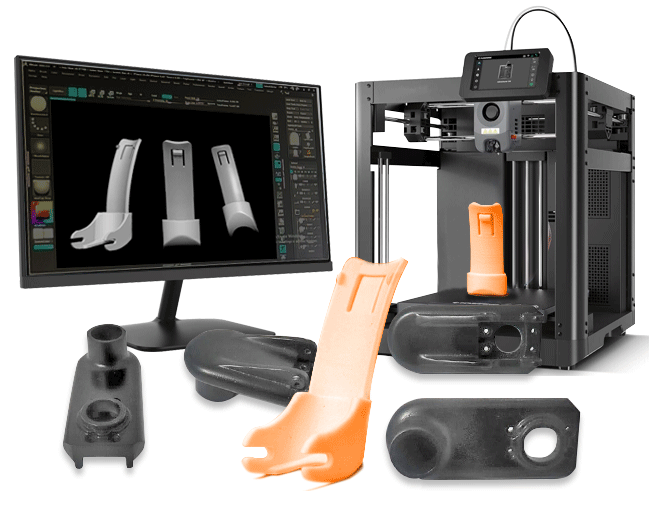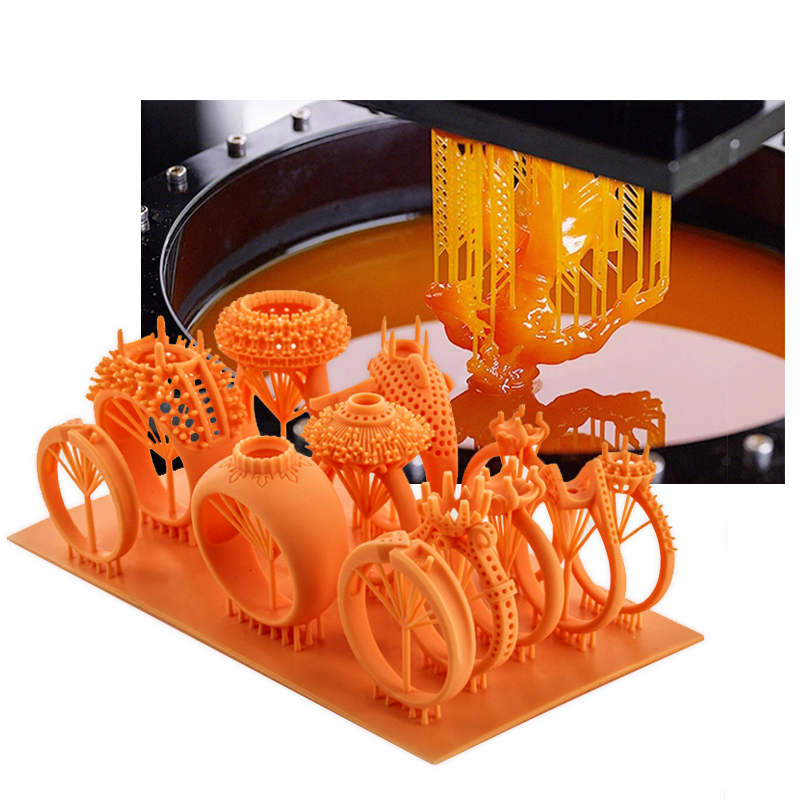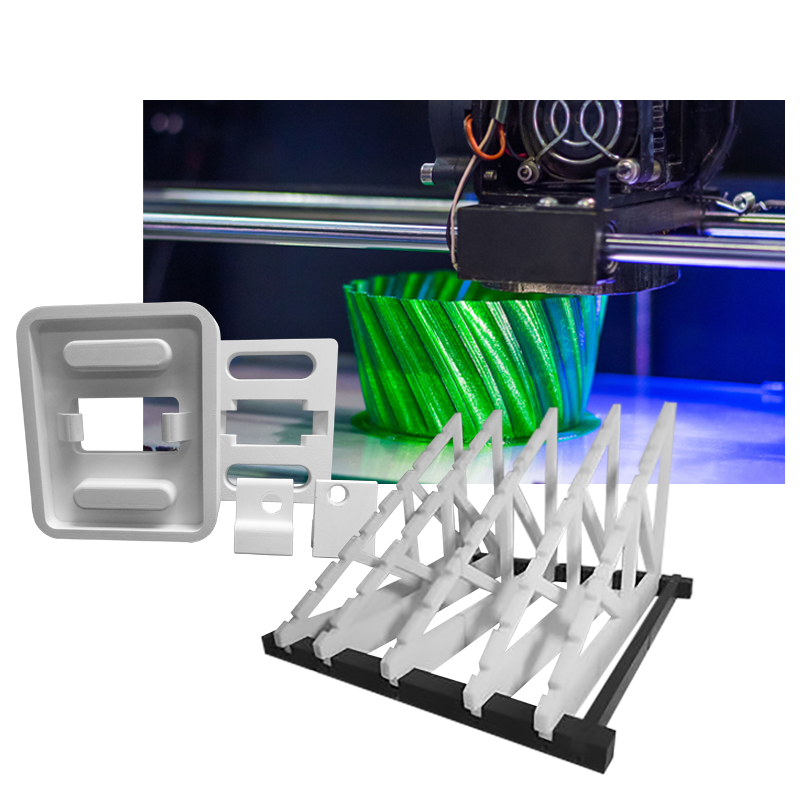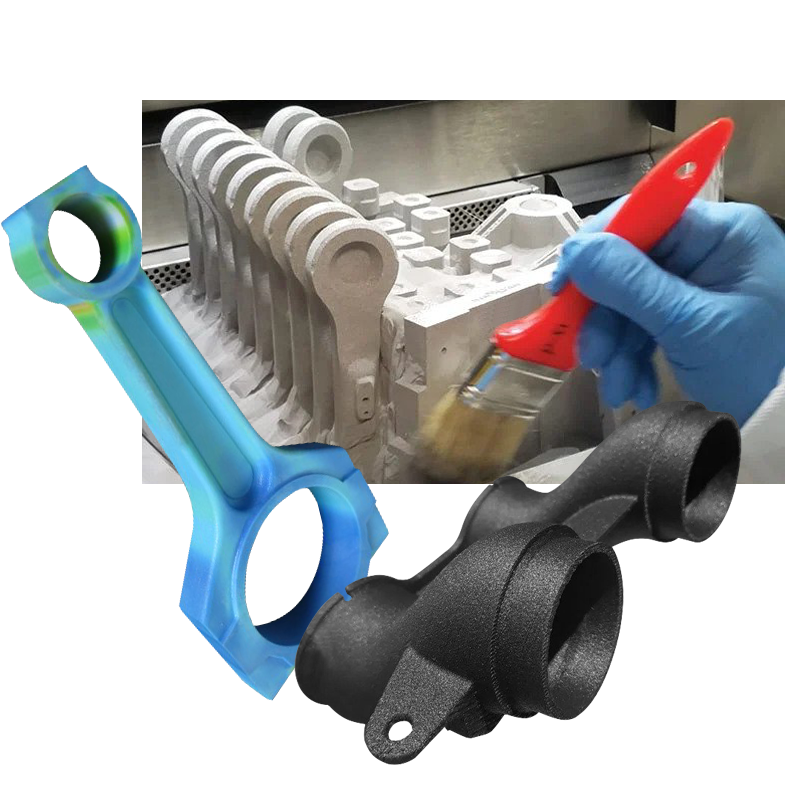3D Printing Rapid Prototyping Services
RAPID PROTOTYPING
Home > 3D Services > Rapid Prototyping
PROTOTYPE WITH CONFIDENCE
When speed matters and precision counts, 3D rapid prototyping is your smartest move. At 3D2GO, we don’t just turn ideas into objects, we help you shape, test, and perfect them with purpose. Whether you’re developing a product from scratch or improving an existing design, rapid prototyping process gives you the flexibility to make fast decisions with fewer risks.
Gone are the days of waiting weeks for a single prototype. With our in-house capabilities, you can get a physical model in days, sometimes even hours, ready for testing, presentation, or pitch.
Rapid prototyping isn’t just about speed, it’s about smart development. What’s more, our team knows the ins and outs of materials, scaling, and function. We guide you through each step, helping you choose what works best for your idea.
Let’s move from concept to creation, without the wait.

TYPES OF RAPID PROTOTYPING
3D2Go utilizes several methods to create 3D prototypes

Liquid-based Prototyping
The initial form its material is in a liquid state. It converts into solid state through the process of curing. This process occurs layer by layer, which ensures precision and accuracy in the final model.
Stereolithography (SLA) is considered as the most widely used rapid prototyping technology. It uses a low-power, highly focused UV laser to produce a 3D object in a vat of liquid photosensitive polymer.

Solid-based Prototyping
Encompasses all forms of materials in the solid state. It includes the shape of a wire, roll, laminates, and pallets.
There are two types of solid-based prototyping: Fused Deposition Modeling (FDM), which extrudes plastic or wax through a nozzle layer by layer, and Laminated Object Manufacturing (LOM), which fuses layers of plastic or paper using heat and pressure before cutting them into shape.

Powder-based Prototyping
Although in a solid state, it is not considered as solid-based to mean powder in grain-like form. It is the consolidated material, not granular.
There are three types of powder-based prototyping: Selective Laser Sintering (SLS), which fuses plastic or ceramic with a laser; 3D printing, which uses a liquid binder instead of a laser; and Direct Metal Laser Sintering, which creates detailed metal parts in one process.
From Ideas To Impact, Get Prototypes That Work For You.
No more waiting weeks to see if your concept holds up—now you can test, tweak, and move forward in days. That speed doesn’t just keep projects moving; it keeps businesses ahead. With fewer delays and fewer revisions, you save time, energy, and money. Whether you’re refining a small detail or building a full-scale model, rapid prototyping helps you fail faster, fix smarter, and launch stronger.
Why stay stuck in the drawing phase when you can build, test, and improve—on repeat?


Benefits of 3D Rapid Prototyping
This technique gives you the opportunity to test and analyze the design of a product.
- Accelerate Product Development.
Reduce time-to-market with fast and reliable 3D prototyping solutions. - Cost-Efficient Revisions.
Avoid expensive design mistakes by testing early and often. - Improve Design Accuracy. Build precise and functional prototypes that reflect your vision.
- Catch Design Flaws Early and Make Quick Fixes. Spot design issues right away to minimize costly revisions.
- Turn Feedback into Action. Get user feedback and turn it into a better, market-ready product.
- Test for Real-World Use. See how your product performs in real situations before committing to full production. Adjust materials, sizing, or functionality with confidence.
With rapid prototyping, every idea moves forward with clarity, speed, and purpose.
Free Quote
We’d love to hear from you! Fill out the form below and we’ll get in touch with you as soon as possible.


